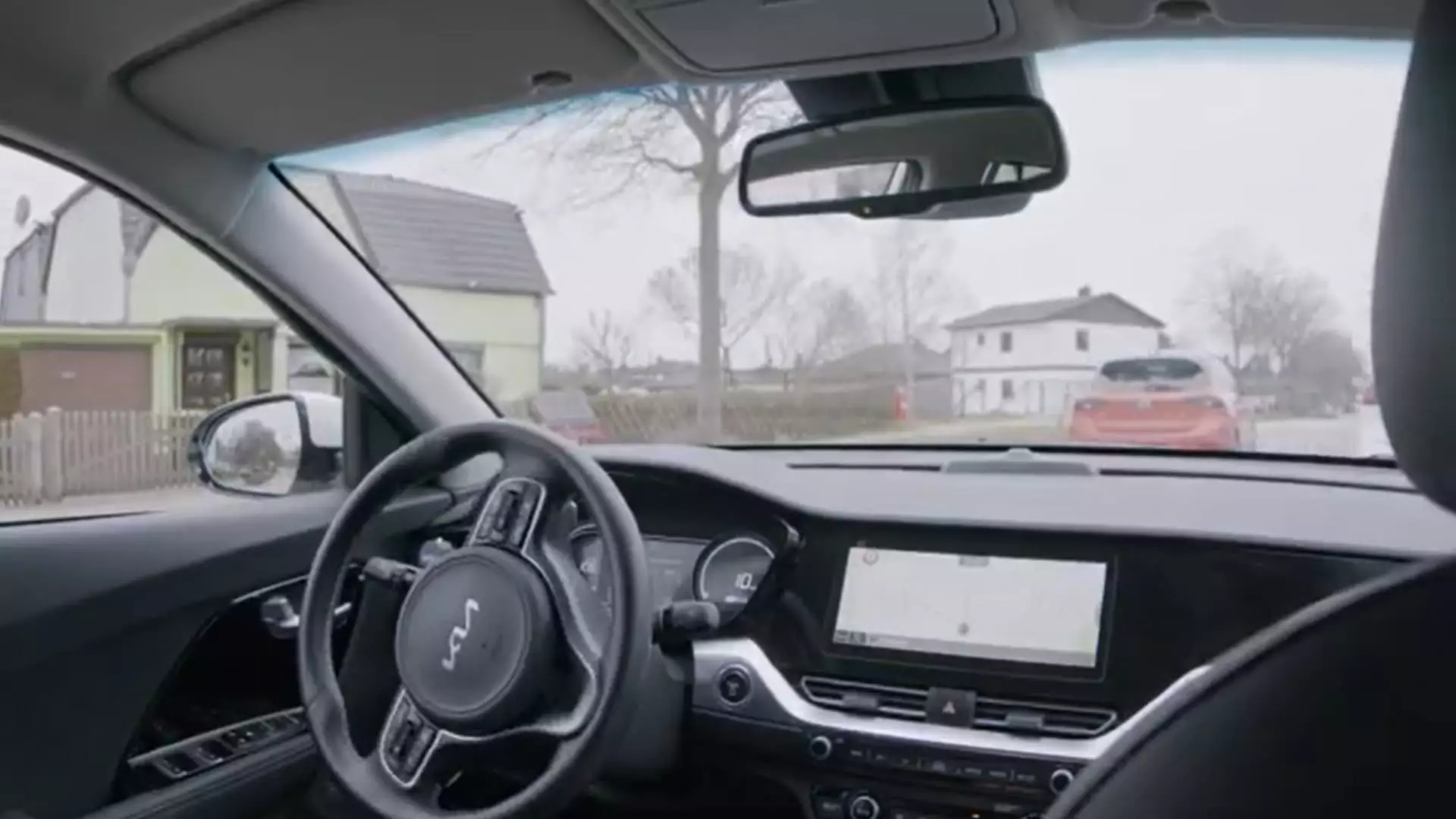In a bold move to disrupt the mobility technology space, German startup Vay has launched its groundbreaking “teledriving” solution in the United States. This puts the company in direct competition with deeply funded American firms that have dominated the market thus far. With substantial investments totaling $110 million from influential entities like Kinnevik, Coatue, and Eurazeo, Vay is ready to make its mark in the industry. The company’s revolutionary service, already available in Nevada, Las Vegas, allows customers to have cars delivered directly to them by remote drivers employed by Vay. After completing their trip, users can opt for a teledriver from Vay to take over and safely park the vehicle. Vay has already successfully tested this technology on both public roads in Europe and the U.S., showing its commitment to regulatory compliance and safety.
Vay places immense importance on safety and has developed its teledrive technology accordingly. To ensure the highest standards, drivers undergo rigorous testing and evaluations before being deemed eligible to join Vay’s esteemed network of teledrivers. CEO and co-founder Thomas von der Ohe emphasizes that humans are in charge during teledriving, allowing the company to handle complex maneuvers, emergency situations, and road works based on human perception and decision-making ability. Vay’s technology adheres to local laws, and the company guarantees that authorities in Nevada have given their approval for its implementation. Although Vay is dwarfed by the likes of Tesla, it envisions its particular interpretation of “driverless” cars gaining traction amid increasing demand for innovative mobility options.
Vay offers a unique car rental service that enables users to order a car that is driven to them by qualified drivers working remotely. Once the vehicle arrives, customers can personally drive it to their desired destination. When their journey ends, users can simply select a trained teledriver through the Vay app to take control of the car and park it appropriately. Von der Ohe asserts that Vay’s approach surpasses that of robotaxi companies like Tesla, Google’s Waymo, and General Motors’ Cruise. He recalls that 2023 was a challenging year for the robotaxi industry, with General Motors slashing spending on its Cruise self-driving unit by 50% due to a string of accidents involving their robotaxis, including a collision with a fire truck. Von der Ohe acknowledges the technical difficulties of operating a robotaxi service and highlights Waymo as a rare example of a company successfully managing autonomous fleets. Moreover, he argues that robotaxis are expensive in terms of operational and capital expenditures, making it crucial to price them competitively, possibly at the level of Uber fares. Vay’s alternative approach provides a more cost-effective solution, offering a significantly cheaper service than traditional ride-hailing platforms.
Von der Ohe makes it clear that Vay is not criticizing or claiming to be superior to robotaxi companies but rather approaching the challenge from a different perspective. He acknowledges the immense barriers these companies face and the operational efficiencies they must achieve to succeed. Instead of replicating existing models, Vay aims to revolutionize the industry with its distinct approach to mobility. By prioritizing safety, affordability, and user experience, Vay hopes to gain a competitive edge and attract customers seeking reliable and innovative transportation solutions. Consequently, the company is optimistic about the future of teledriving as an alternative mobility option.
As Vay enters the American market, it aims to disrupt the mobility technology space with its pioneering teledrive solution. By prioritizing safety and affordability, the company offers a unique car rental service that sets it apart from traditional ride-hailing platforms and robotaxi companies. With successful test runs and regulatory compliance in both Europe and the U.S., Vay is ready to redefine the way people think about transportation. While it may be a smaller player compared to industry giants like Tesla, Vay believes its revolutionary approach to teledriving will resonate with the increasing demand for novel mobility options. As the mobility landscape continues to evolve and technological advancements reshape the industry, Vay is well-positioned to make a lasting impact and shape the future of transportation.


Leave a Reply